Fujifilm launches the brand new X-T5 and springs some surprises as it does it
It’s been rumored for weeks but the Fujifilm X-T5 is finally here, with 40 million pixels, 6.2K video and retro dials intact!
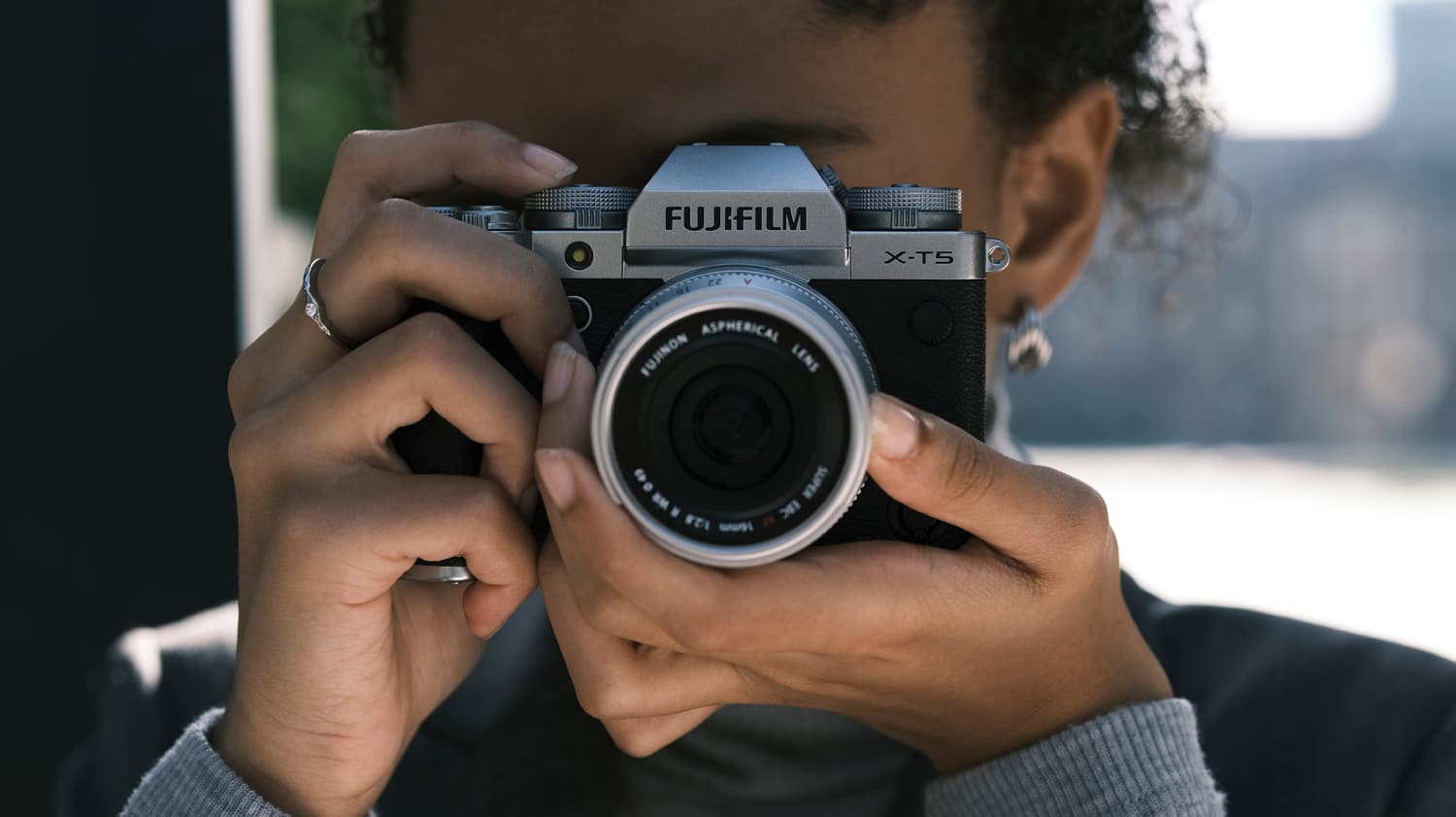
Fujifilm’s power-packed new X-T5 APS-C camera offers the joint highest resolution yet for this format in a portable, classically designed camera body.
Fujifilm has been busy, launching two technically advanced flagship pro cameras, the XH2S and the X-H2. But what about the ‘old’ flagship, the X-T4? Combining power, compactness and versatility, the X-T4 was a great camera and one of the best Fujifilm cameras of all, though now overshadowed by the new models.
Fujifilm’s new pro cameras, however, do not have the compact body and retro controls of the X-T4, which is why many Fujifilm fans will have been hoping against hope that the Fujifilm X-T5 was real and would happen. It was, and it has!
Read our Fujifilm X-T5 hands-on review to get a closer look.
Pre-order the Fujifilm X-T5 at WexPhotoVideo (UK)
Pre-order the Fujifilm X-T5 at B&H (US)
Pre-order the Fujifilm X-T5 at Amazon (US)
Pre-order the Fujifilm X-T5 at Ted's Cameras (AU)
Pre-order the Fujifilm X-T5 at DigiDirect (AU)
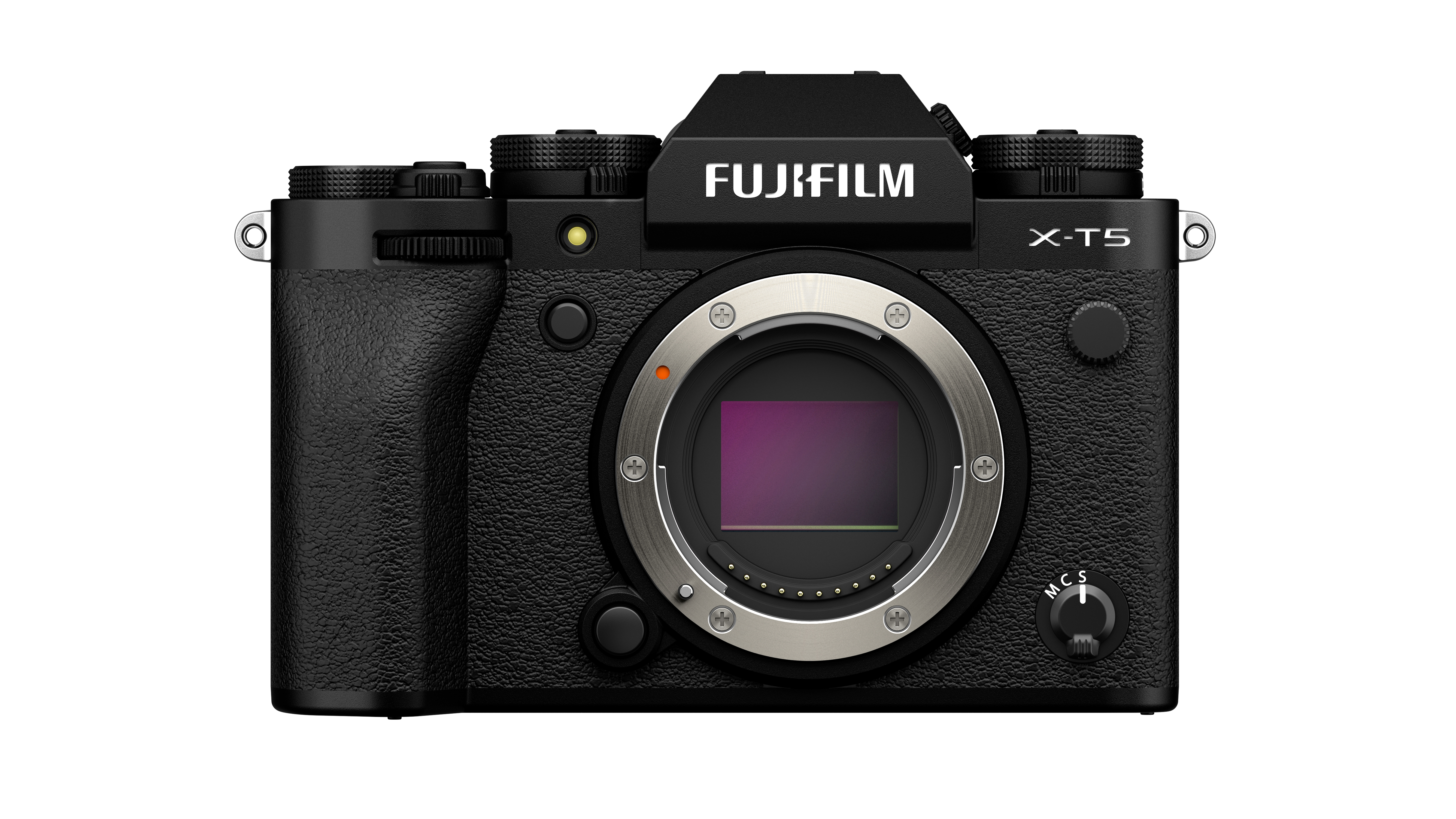
The Fujifilm X-T5’s new 40MP sensor
Fujifilm has done what we hoped and used its new back-illuminated 40.2MP X-Trans CMOS 5 HR sensor in the X-T5. This is effectively the same sensor as that in the X-H2, though the X-T5 lacks some of that camera’s powerful features. That's not quite high enough to put the X-T5 amongst the highest resolution cameras of all, but it's the highest you can get in the APS-C format, and will make the X-T5 one of the best cameras for enthusiasts.
This sensor is teamed up with Fujifilm’s high-speed X-Processor 5 engine, and Fujifilm claims an improved pixel structure and improved image processing algorithm means you get all that extra resolution without compromising noise levels. The lowest standard sensitivity setting is now ISO 125 (previously only available as an extended option).
Get the Digital Camera World Newsletter
The best camera deals, reviews, product advice, and unmissable photography news, direct to your inbox!
And if 40MP is not enough, the X-T5 has a 20-image Pixel Shift Multi-Shot mode which quadruples the image resolution to 160MP and also captures better color depth per pixel.
The X-T5 also features speed as well as resolution, boasting a maximum electronic shutter speed of 1/180,000sec, which seems a bit extreme but may prove to have some applications – it’s a couple of stops faster than you need for shooting with an f/1 lens in bright sunshine.
10-bit HEIF support
It looks like a small point in the specs, but the HEIF format has huge implications for photographers. It offers – at last – a compressed image format somewhere between JPEGs and raw files which offers files 30% smaller even than JPEGs, but with 10-bit not 8-bit color depth, so they should be much more resilient when editing.
The X-T5 also has a Smooth Skin effect, 19 Fujifilm Film Simulation modes including Nostalgic Neg, and an Auto WB system that uses deep learning AI to automatically recognise and properly render warm light bulb colors, for example.
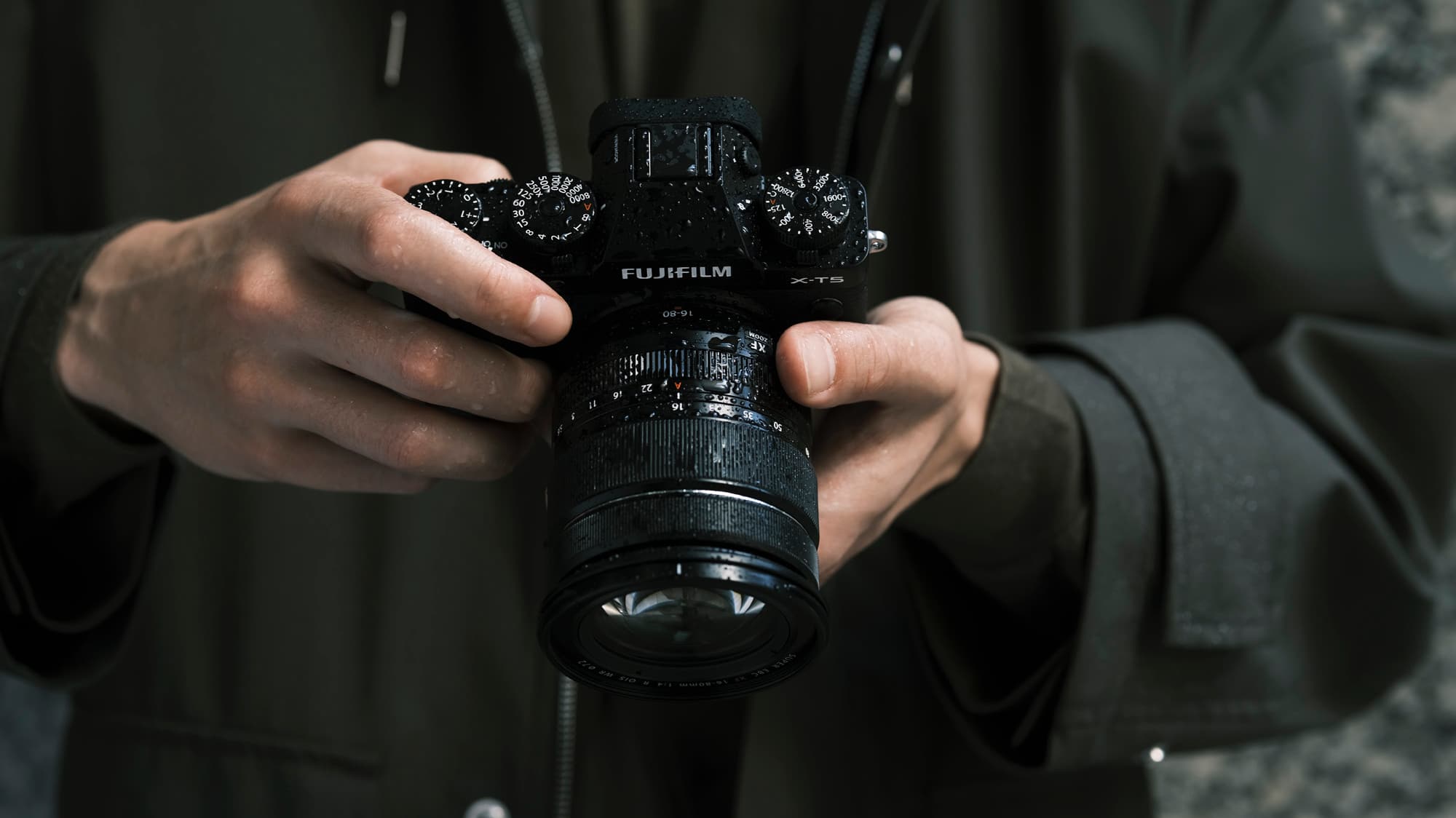
AI autofocus subject recognition
No new camera is complete without AI deep learning, of course, and the X-T5 also has it in its AI subject recognition and tracking modes. Fujifilm says it can recognize Animals, Birds, Cars, Motorcycles, Airplanes and Trains. The AF prediction algorithm in AF-C mode has been improved, and the higher resolution sensor brings an increase in AF points and precision with ultra-fine details over the X-T4.
6.2K 30p 10-bit 4:2:2 video
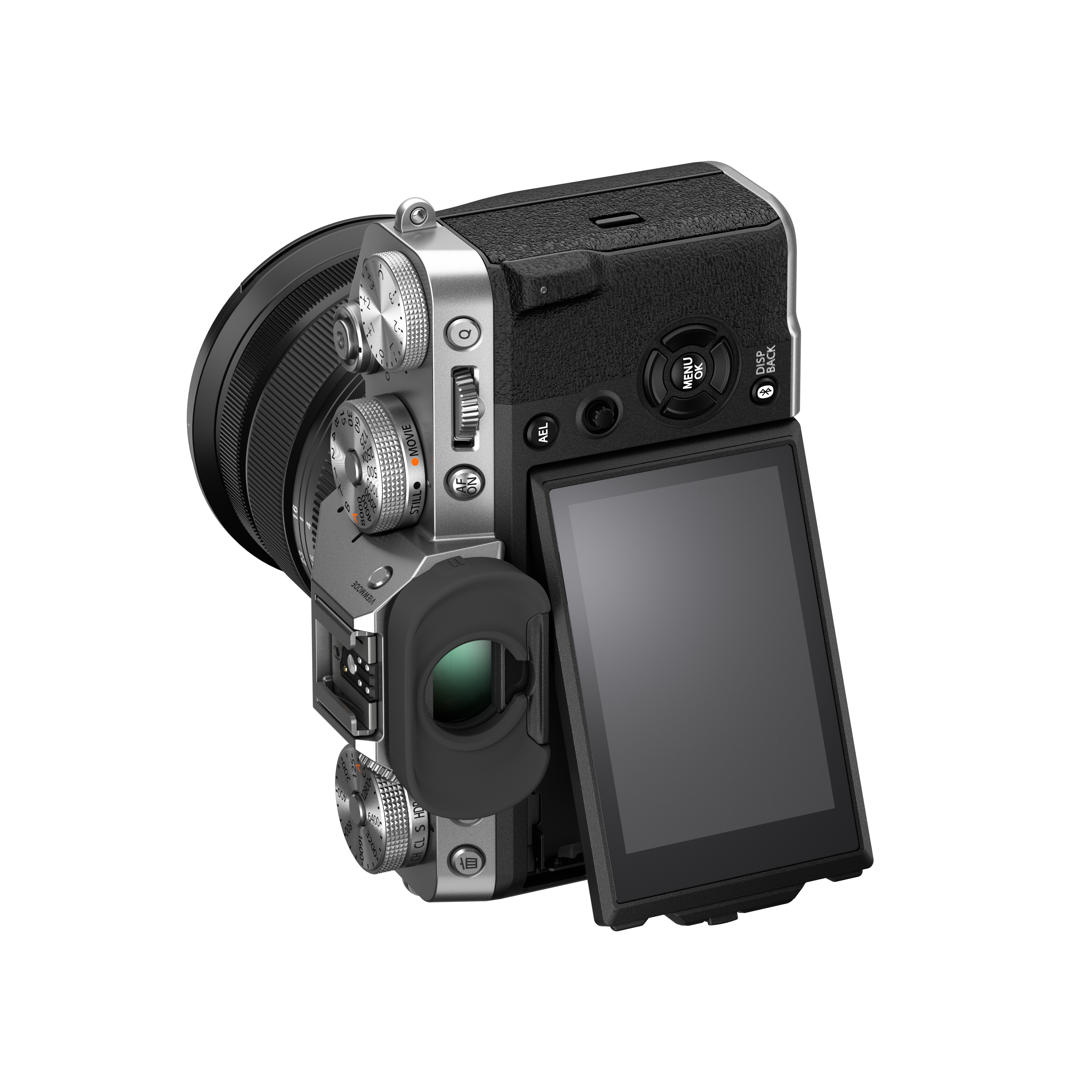
The X-T5 is not exactly a video specialist but more than holds its own against its main rivals. Technically, the sensor is capable of 8K capture, but the X-T5 maxes out at 6.2K and 30p. It also offers a 4K HQ mode via 6.2K oversampling and can record 4K at up to 60p and full HD up to 240p in HS mode.
The X-T5 comes with Fujifilm’s F-Log2 profile offering 13+ stops of dynamic range, and it can record 6.2K raw footage via HDMI in ProRes RAW to an Atomos recorder, or Blackmagic RAW to a Blackmagic Video Assist 12G. It won't compete with the best cinema cameras but it could be well worth considering as one of the best 4K cameras for video.
Fujifilm X-T5 design
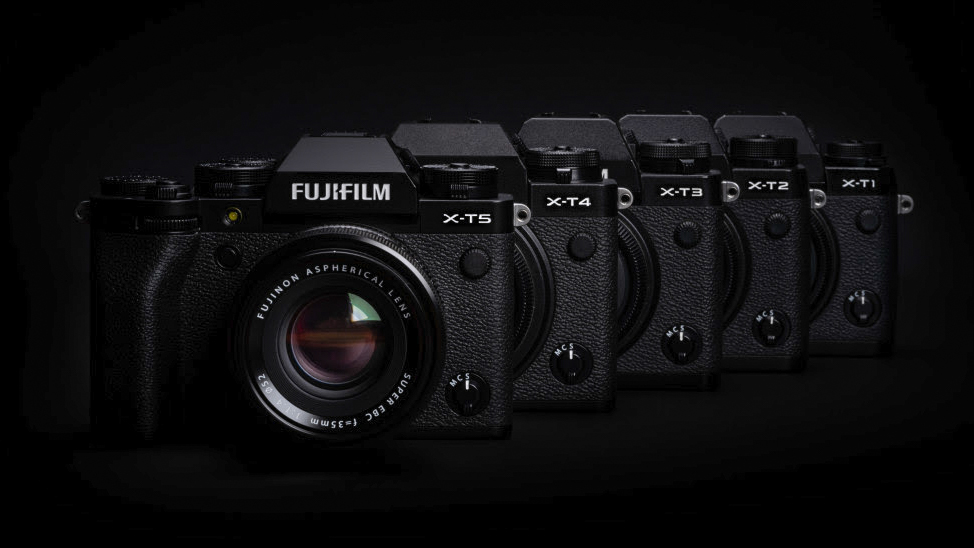
This is where Fujifilm has made a couple of interesting departures against the old X-T4. For a start, while the new camera keeps Fujifilm’s external exposure control dials, it’s both smaller and lighter than the X-T4 with a body-only weight of 557g, including battery and memory card. If you find the new design a little too small, there will be an optional £129 MHG-XT5 handgrip which, cleverly, has an Arca Swiss compatible base.
The good news is that it keeps the 5-axis in-body stabilization, now rated at up to 7 stops compensation (Fujinon XF35mmF1.4). The perhaps less good news is that the vari-angle screen on the X-T4 has been swapped for one with a 3-way pivot. The screen no longer flips out to the side on the X-T5, but does have a sideways tilt for vertical shooting.
The rear screen has a decent 1.84m-dot resolution, as does the 3.69m-dot OLED EVF. Storage is via two SD card slots.
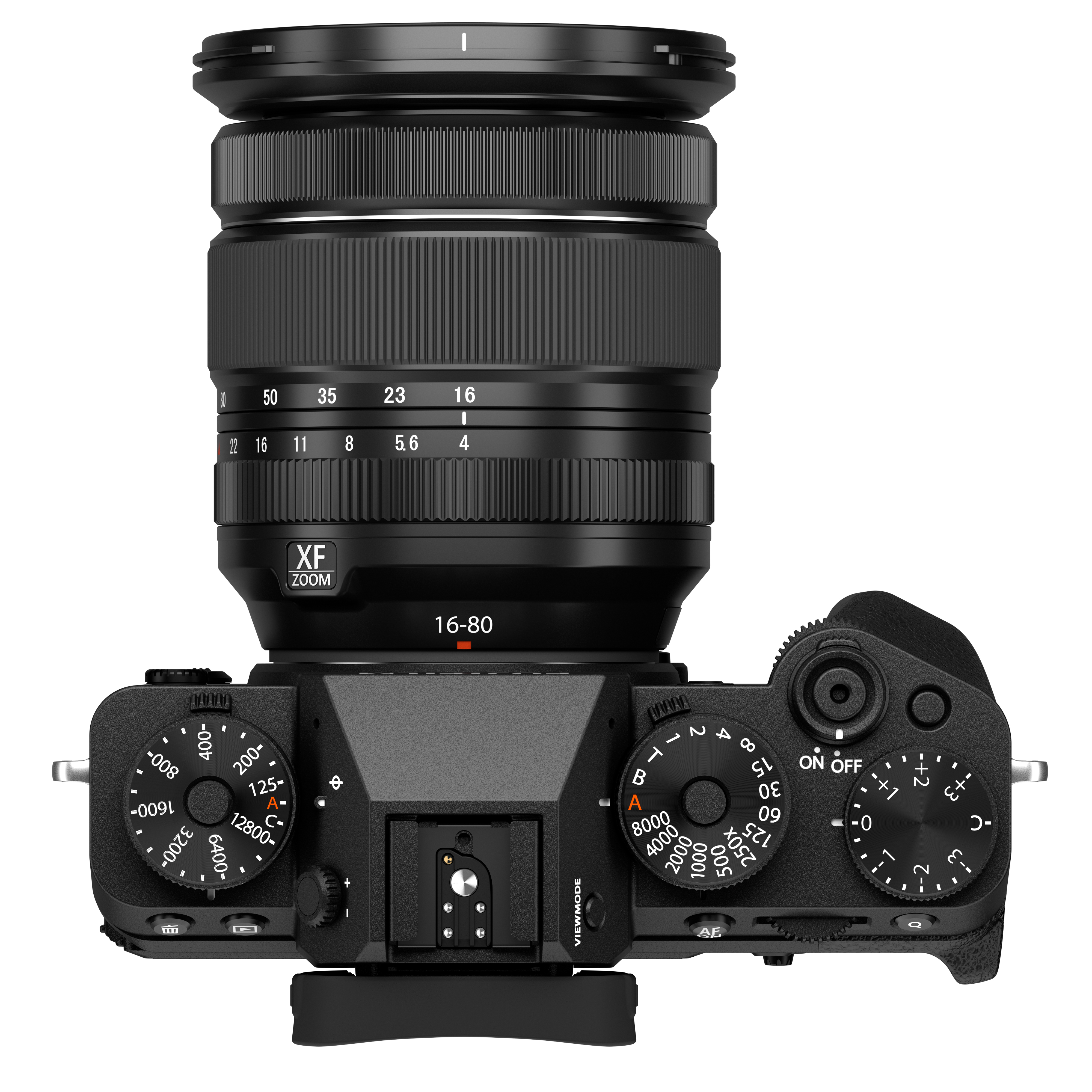
Fujifilm X-T5 price and availability
Fujifilm says the X-T5 will go on sale on November 17. It will be available in the following kits:
• Fujifilm X-T5 Body Only (Black or Silver): $1,699 / £1,699 / AU$3,199
• Fujifilm X-T5 Kit with 18-55mm lens (Black or Silver): $2,099 / £2,049 / AU$3,949
• Fujifilm X-T5 Kit with XF 16-80mm lens (Black or Silver): $2,199 / £2,149 / AU$4,099

Rod is an independent photography journalist and editor, and a long-standing Digital Camera World contributor, having previously worked as DCW's Group Reviews editor. Before that he has been technique editor on N-Photo, Head of Testing for the photography division and Camera Channel editor on TechRadar, as well as contributing to many other publications. He has been writing about photography technique, photo editing and digital cameras since they first appeared, and before that began his career writing about film photography. He has used and reviewed practically every interchangeable lens camera launched in the past 20 years, from entry-level DSLRs to medium format cameras, together with lenses, tripods, gimbals, light meters, camera bags and more. Rod has his own camera gear blog at fotovolo.com but also writes about photo-editing applications and techniques at lifeafterphotoshop.com
